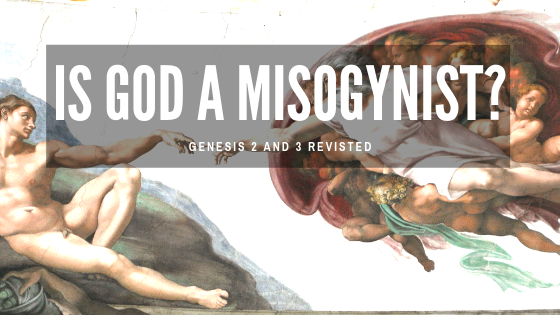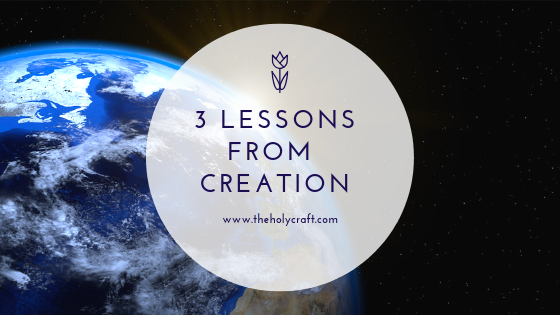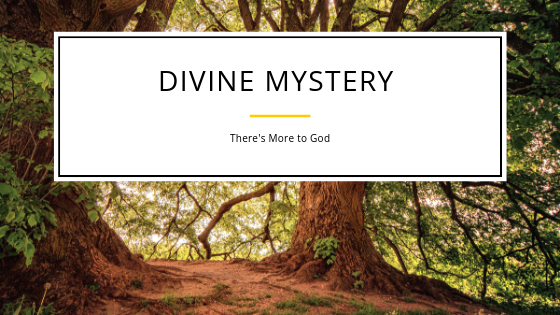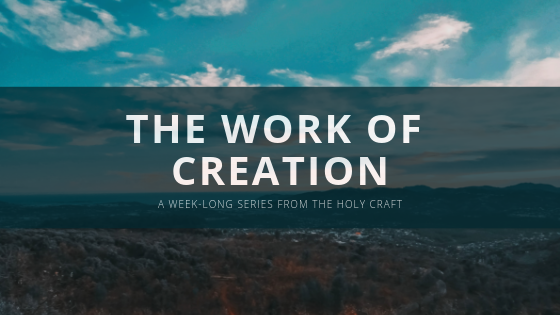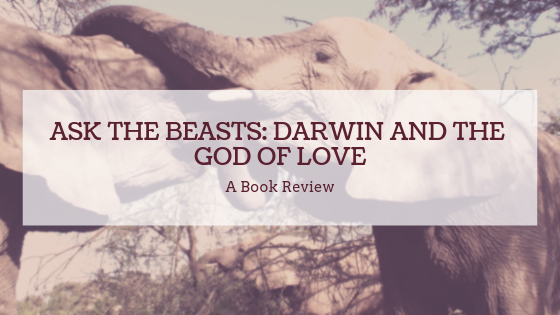Obviously no one would admit to God being a misogynist but would rather hold on to interpretations of the Bible that devalue women. In this creation myth, there are plenty of interpretations that can lead us to think that God is a misogynist.
According to the dictionary, a myth is “a traditional story, especially one concerning the early history of a people or explaining some natural or social phenomenon, and typically involving supernatural beings or events.” This definition goes so nicely with our stories. However, the second definition listed is this: “a widely held but false belief or idea.” When we say that there are myths in the Bible, too many people mistakenly think about this second definition. But myths, according to the first definition carry a wealth of meaning and identity, even if they aren’t necessarily true stories. The creation stories are myths that give the Hebrew people identity, purpose, and roots. As we study these creation myths, we can gain identity, purpose, and roots as well.
The first word for God that we have in the Bible is plural. This is part of the reason why we have the odd statement, “Let us make humankind in our image,” (Genesis 1:26). This could cause people to panic or it can be the most beautiful word. We’re going to choose the latter option.
If you read the beginning of the Bible carefully, you may notice that Genesis 1 and Genesis 2 are two completely different creation stories. Throughout the years, people have tried to put them together saying that the second (the story of Adam and Eve in the Garden) is just a detailed picture of the first. But understanding that they were different stories of creation written for different communities with different images of God will help us open our minds to a new appreciation for them.
Christians have been critical of the theory of evolution because for many, it makes the narratives in Genesis more difficult to understand. Some religious critics of the theory claim that the theory takes the need for God out of the world. As progressive people of faith, we can find in this book words to help us verbalize our appreciation and acceptance of the theory.
